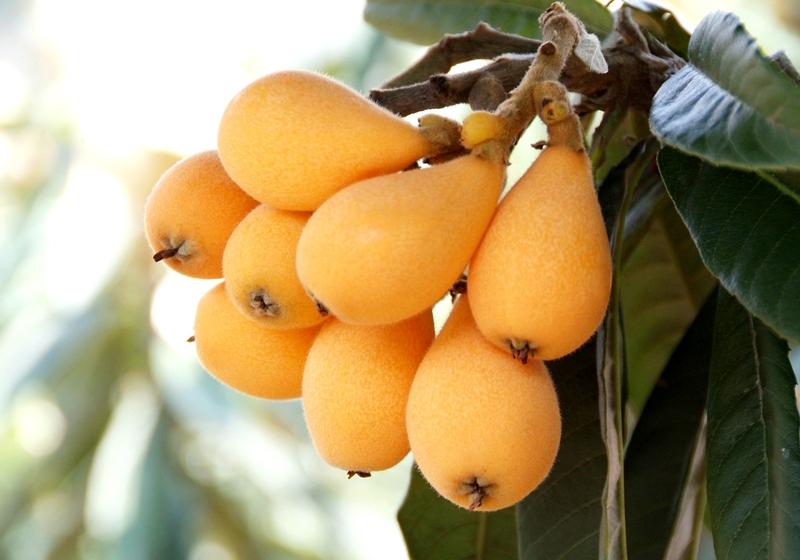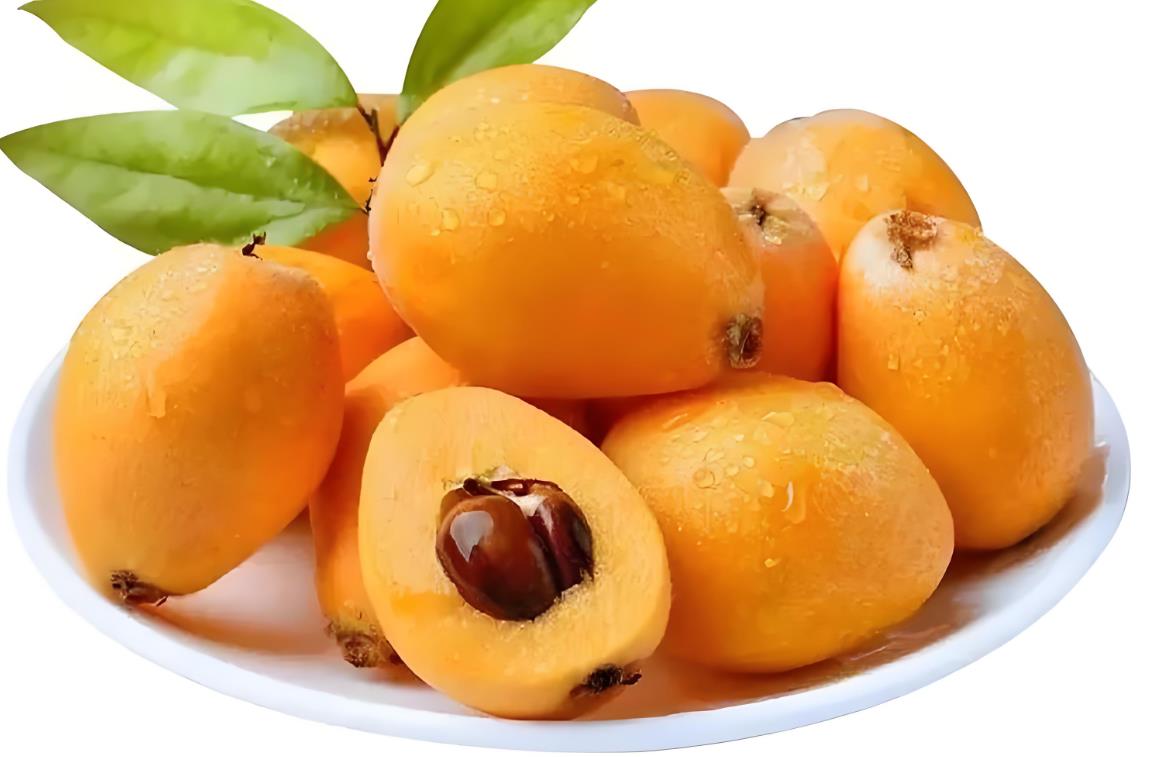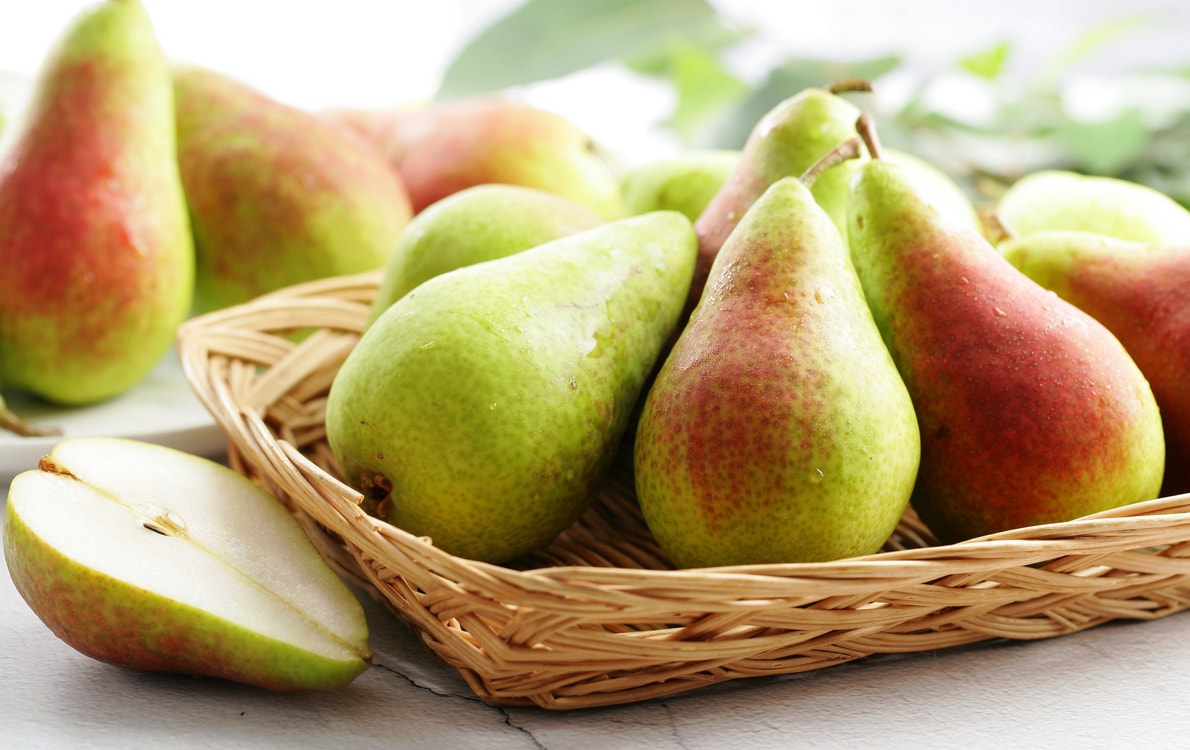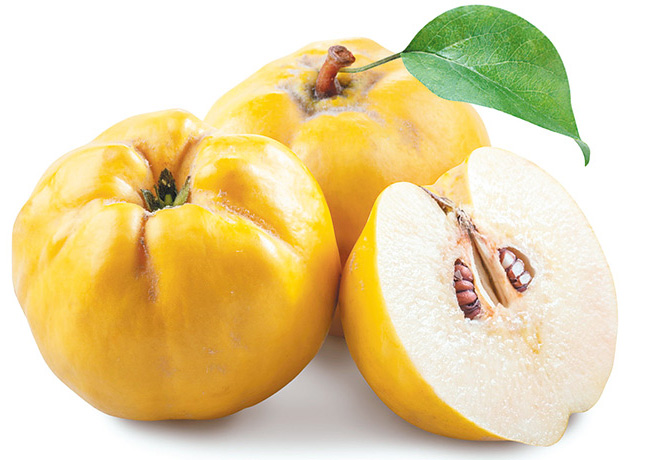The Loquat (Eriobotrya japonica)
The loquat tree or shrub—scientifically known as Eriobotrya japonica—belongs to the Rosaceae family. It’s prized for its early-ripening fruits with their distinctive flavor.
Fruit Characteristics:
Loquats are false fruits formed from both the receptacle and ovary. They can be round, oval, or elliptical in shape, depending on the variety. The skin can be smooth or slightly fuzzy and ranges in color from yellow to orange-yellow or even orange-red when ripe. The flesh is soft and juicy with a balanced sweet-tart flavor accompanied by a unique fragrance. Inside are several large seeds.
Variety Diversity:
There are numerous loquat varieties categorized by their size, shape, color, and ripening period. Some popular varieties include:
- Daxingxing: Large oval fruits with orange-yellow skin; thick flesh that’s very juicy and sweet.
- Jiefangzhong: Medium-sized round fruits with orange-yellow skin; has a pleasant sweet-tart taste.
- Zaozhong No. 6: An early-ripening variety producing small round fruits with yellow skin that taste sweet.
- Baisha: Nearly round fruits with light yellow skin; tender flesh that’s very sweet with low acidity.
- Hongrou Pipa: Orange-red fleshed fruits that are rich in flavor with a balanced sweet-tart profile.

Nutritional Value & Potential Benefits:
Loquats are packed with nutrients including carbohydrates (mainly fructose and glucose), dietary fiber, vitamins like A & C along with some B vitamins, plus minerals such as potassium. They also contain antioxidant plant compounds.
Traditionally, in some regions, different parts of the loquat plant—fruits, leaves & roots—are believed to have medicinal properties like lung moistening & cough relief.
Distribution & Cultivation:
Originally from southern China but now grown widely across Asia, the Mediterranean basin region, Australia, & parts of the Americas too! Prefers warm, humid climates, thriving best on well-drained soils despite not being fussy about soil types generally speaking! Often used ornamentally due to its evergreen nature, flowering during winter and bearing fruits spring through summer, making quite an attractive addition to gardens and landscapes alike!



